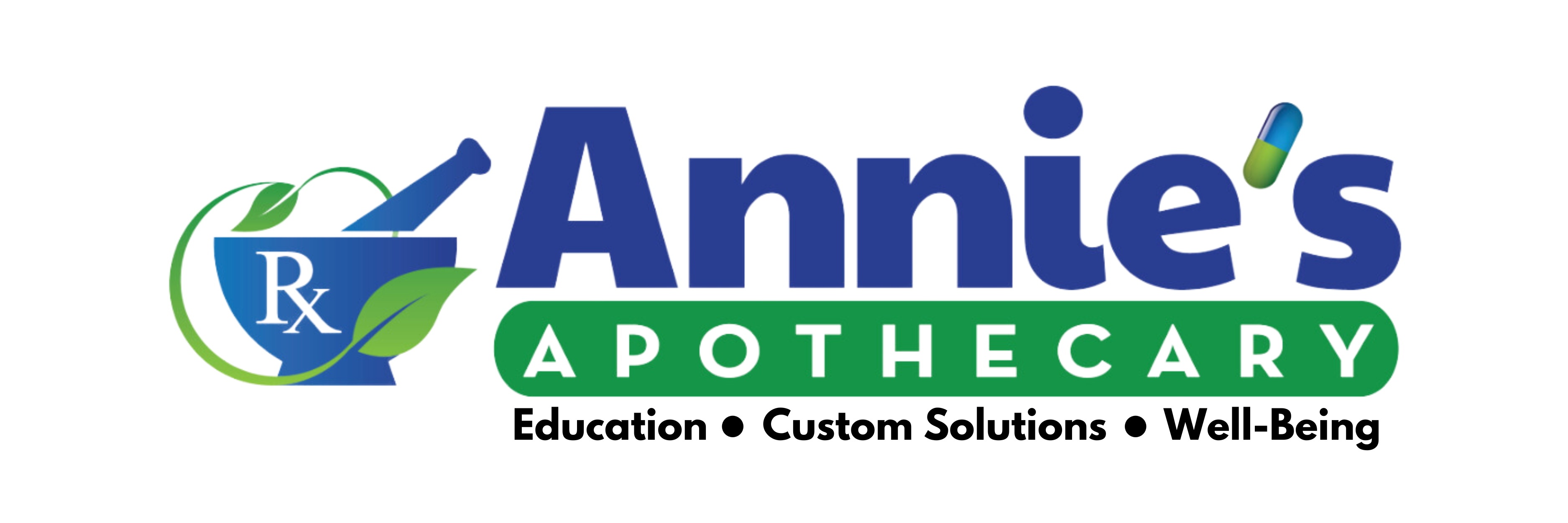Acne
What is acne?
Acne is the most common skin condition in the United States. About 40 to 50 million Americans have acne at any one time. Acne can appear on the back, chest, neck, shoulders, upper arms and buttocks. Many people think that acne is just pimples. But a person who has acne can have any of these blemishes:
- Blackheads.
- Whiteheads.
- Papules.
- Pustules (what many people call pimples).
- Cysts.
- Nodules.
Signs and Symptoms
Dark spots on the skin: These spots appear when the acne heals. It can take months or years for dark spots to disappear.
Scars (permanent): People who get acne cysts and nodules often see scars when the acne clears. You can prevent these scars. Be sure to see a dermatologist for treatment if you get acne early — between 8 and 12 years old. If someone in your family had acne cysts and nodules, you also should see a dermatologist if you get acne. Treating acne before cysts and nodules appear can prevent scars.
Who gets acne?
Most people who have acne are teenagers or young adults, but acne can occur at any age. Newborn babies can get acne. Men and women get acne. Some women get acne when they reach middle age.
Causes
Acne appears when a pore in our skin clogs. This clog begins with dead skin cells. Normally, dead skin cells rise to surface of the pore, and the body sheds the cells. When the body starts to make lots of sebum (see-bum), oil that keeps our skin from drying out, the dead skin cells can stick together inside the pore. Instead of rising to the surface, the cells become trapped inside the pore.
Sometimes bacteria that live on our skin, p. acnes, also get inside the clogged pore. Inside the pore, the bacteria have a perfect environment for multiplying very quickly. With loads of bacteria inside, the pore becomes inflamed (red and swollen). If the inflammation goes deep into the skin, an acne cyst or nodule appears.
Diagnosis and Treatment
The diagnosis of acne is based on a physical examination. Lesions most commonly develop in areas with the greatest concentration of sebaceous glands, which include the face, neck, chest, upper arms, and back. One common myth is that you have to let acne run its course. Without treatment, dark spots and permanent scars can appear on the skin as acne clears. Treating acne often boosts a person’s self-esteem. Today, there are many effective acne treatments. This does not mean that every acne treatment works for everyone who has acne. But it does mean that virtually every case of acne can be controlled. Despite the claims, acne treatment does not work overnight. At-home treatment requires 4-8 weeks to see improvement. Once acne clears, you must continue to treat the skin to prevent breakouts.
Acne treatment that you apply to the skin: Most acne treatments are applied to the skin. Your dermatologist may call this topical treatment. There are many topical acne treatments. Some topicals help kill the bacteria. Others work on reducing the oil. The topical medicine may contain a retinoid, prescription-strength benzoyl peroxide, antibiotic, or even salicylic acid. We can work with your dermatologist to find the right compounded medication for you.
